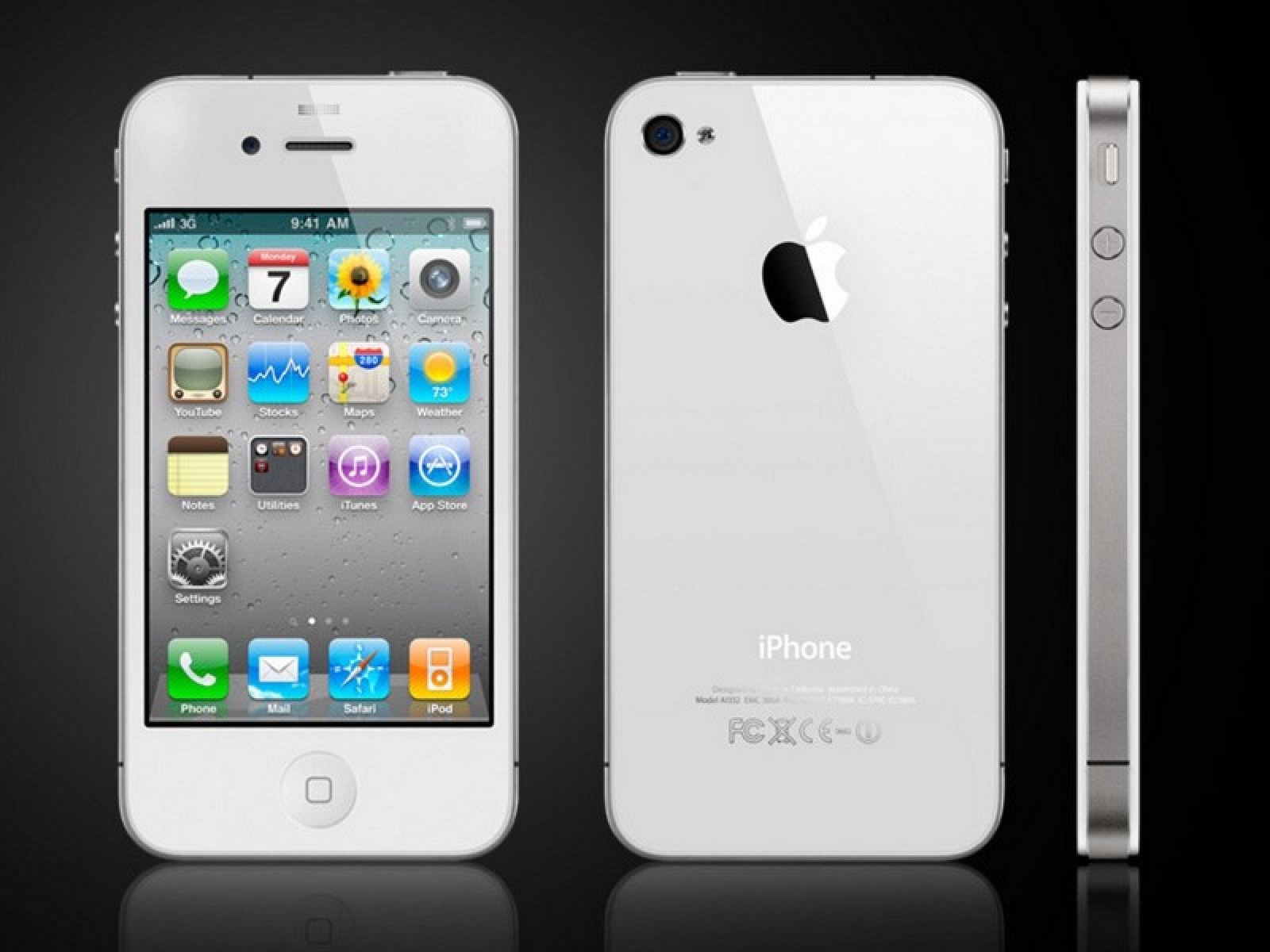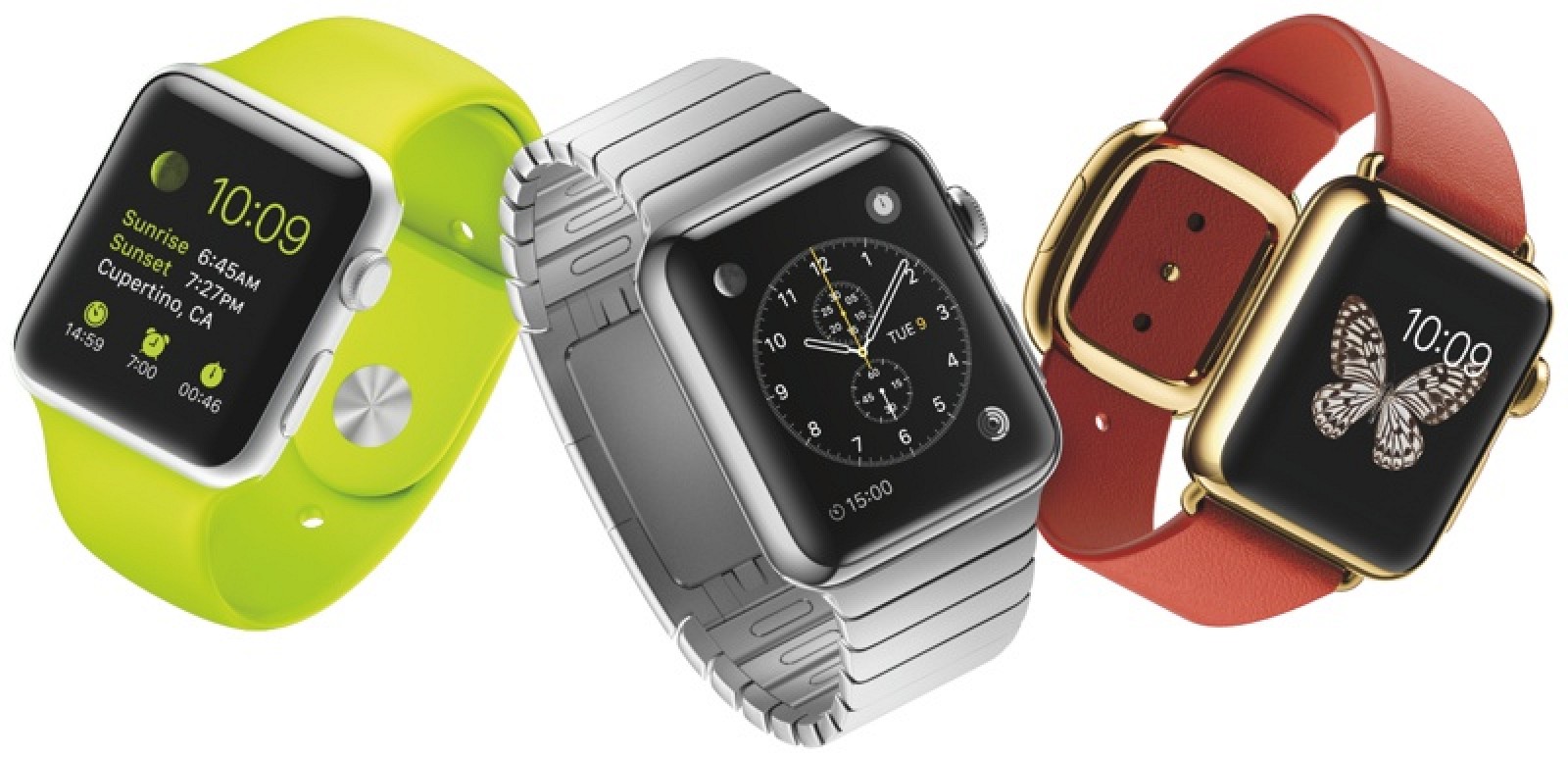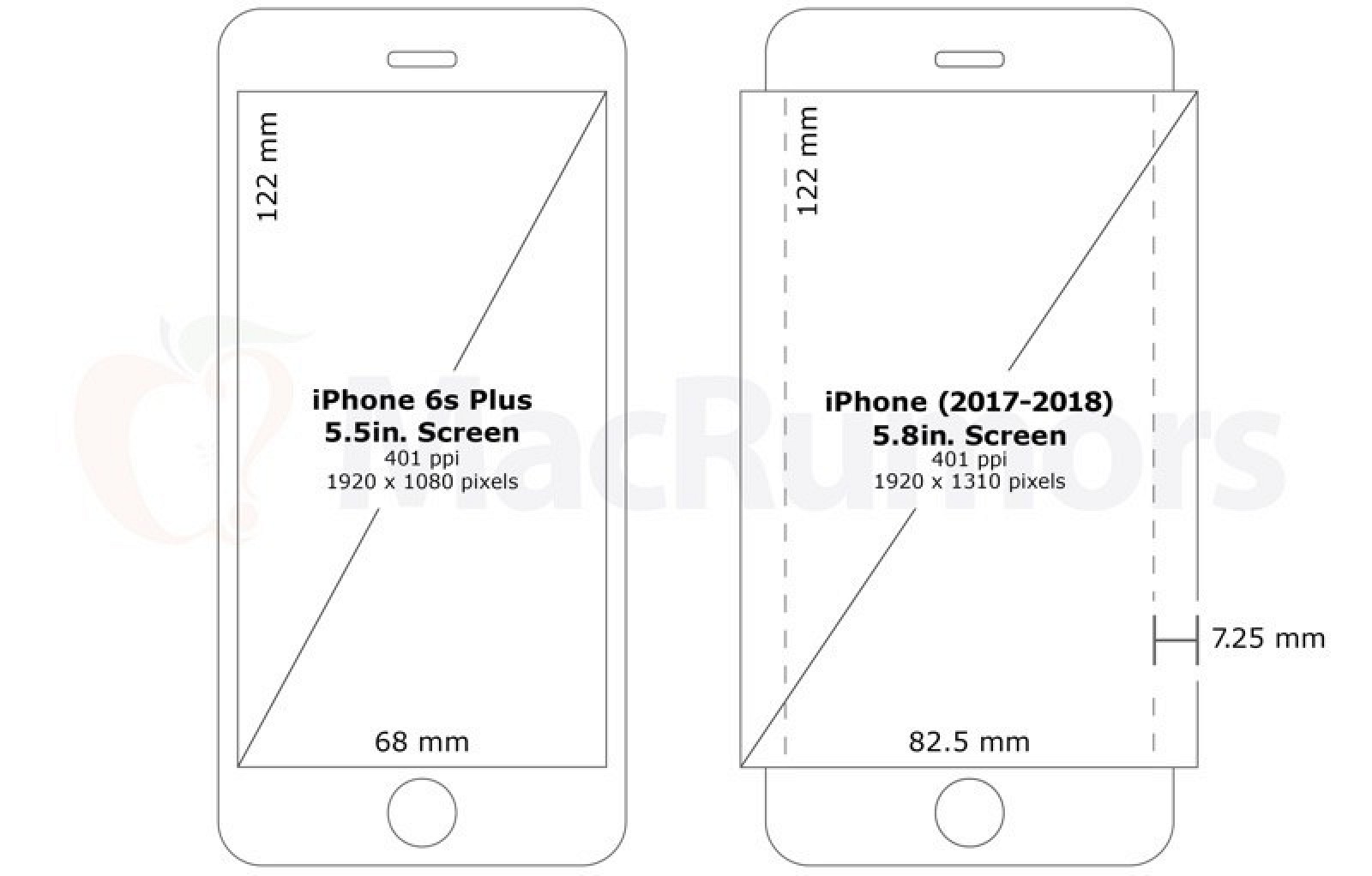
The iPhone 7 has only just arrived, but already there’s a lot of rumour and speculation concerning its successor. Now normally, we’d be expecting an iPhone 7S — but rumour has it Apple want to do something a bit special for their tenth anniversary iPhone. Specifically, Apple will release an iPhone 8, with a wholly new design. Let’s take a look at what’s currently being discussed.
Above: a rather fanciful iPhone 8 concept, complete with Rickroll
A glassier design

Remember the iPhone 4? According to Ming-Chi Kuo, an analyst at KGI Securities, Apple will move from aluminium to glass for the next iPhone. That will allow Apple to give its products a glossy finish without making it very scratch prone (a big problem with the current Jet Black iPhone 7). Kuo states that 30-35% of pre-orders worldwide and 45-50% of pre-orders in China were for Jet Black iPhone 7 and iPhone 7 Plus models, putting a lot of strain on Apple to produce a lot of (difficult to build) Jet Black phones. By moving to glass, production becomes easier and supply is less constrained.
Above: the iPhone 4
It’s unlikely we’ll see a completely glass design though; we’ll probably see a combination of glass and a metal. Aluminium is the obvious choice, but we might also see stainless steel — perhaps as a unique feature of higher-end iPhone models. Apple already uses a similar strategy for the Apple Watch, and it wouldn’t be too surprising for them to adopt it for the iPhone as well.
A bigger, curvier OLED display

According to Bloomberg, Apple will also shift its display technology for its 2017 iPhone. Instead of LCD, Apple will use AMOLED panels made by Sharp. OLED displays offer better contrast, lower power usage and are thinner than LCD panels, so they’re a fairly good choice for a smartphone screen. At the moment, Apple uses them only for the Apple Watch, although OLED screens are remarkably common in Android smartphones and tablets (most notably, those made by Samsung).
Above: the Apple Watch, complete with OLED display

The display of the iPhone stayed at 3.5 inches for a long time, then 4 inches for the iPhone 4, and finally to 4.7 inches and 5.5 inches for the iPhone 6 and 6 Plus, respectively. That’s expected to stay the same for the iPhone 8, although there have been some rumours of a giant 5.8-inch iPhone with a curved OLED screen. Even if screen sizes stay the same, the addition of curves could allow Apple to reduce the size of the bezels around the screen — something that has been a weak point in Apple’s design for a long time.
Above: The dimensions of a larger iPhone
Upgraded internals
Of course, we wouldn’t expect to see a new iPhone without some new internal hardware as well. A faster A11 processor is expected, potentially backed with more RAM (currently, the 4.7-inch iPhone has 2GB and the 5.5-inch model has 3GB). The phone could include wireless charging (or fast charging) too.
Wrapping up
It’s all a pretty interesting picture. If the iPhone 7 and 7 Plus didn’t really grab you, then you might be luckier next year. What do you make of the rumours? Let us know in the comments below!
Image credit: One Plus Media (header), MacRumours